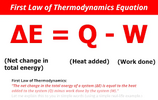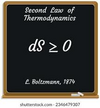Re-thinking the maximum torque needed, it won't occur at the maximum radius of the cam as assumed so far; it will actually be at the minimum radius by my reckoning, for the following reason.
You want the weight to rise at constant velocity; but when the weight falls to its lowest point it instantly has zero velocity and then has to reverse to have a positive (upward) velocity. Let's assume that for 90% of the 0.5sec rise time the velocity v is constant. So v=(0.9 x 1.26m)/(0.9 x 0.5s) m/s = 2.52m/s. That means v has to reached from zero by an acceleration f in the first 10% of the 0.5sec, so f= v/(0.1 x 0.5) = 2.52/0.05 = 50.4m/s^2. That's about 5g which the cam has to provide at or near the minimum radius, in addition to the 1g to counteract gravity.
You want the weight to rise at constant velocity; but when the weight falls to its lowest point it instantly has zero velocity and then has to reverse to have a positive (upward) velocity. Let's assume that for 90% of the 0.5sec rise time the velocity v is constant. So v=(0.9 x 1.26m)/(0.9 x 0.5s) m/s = 2.52m/s. That means v has to reached from zero by an acceleration f in the first 10% of the 0.5sec, so f= v/(0.1 x 0.5) = 2.52/0.05 = 50.4m/s^2. That's about 5g which the cam has to provide at or near the minimum radius, in addition to the 1g to counteract gravity.


